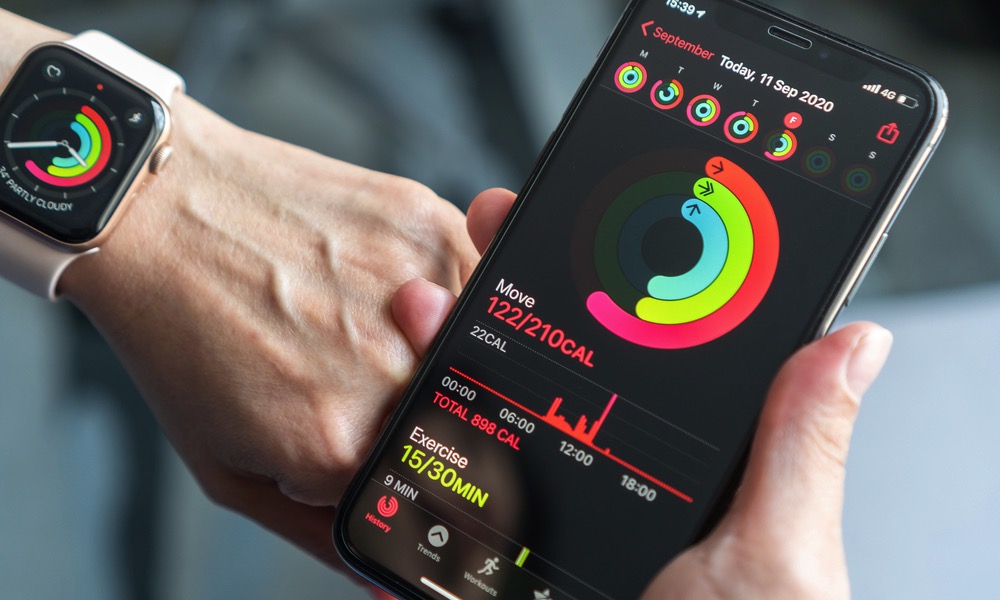How can smartphones detect the activities of their users and what does this have to do with math?
 Mobile devices, such as smartphones, have become constant companions in our everyday lives. Around 3.6 billion people worldwide use a smartphone. In addition, interest in evaluating people's habits and daily routines has increased in recent years. This includes, among other things, the analysis of the activities performed. With the tremendous advancement of sensors in smartphones, they can be used to detect human activities. But how does activity recognition work and whar does it have to do with math?
Mobile devices, such as smartphones, have become constant companions in our everyday lives. Around 3.6 billion people worldwide use a smartphone. In addition, interest in evaluating people's habits and daily routines has increased in recent years. This includes, among other things, the analysis of the activities performed. With the tremendous advancement of sensors in smartphones, they can be used to detect human activities. But how does activity recognition work and whar does it have to do with math?
In this workshop, students will work with real activity data and develop their own mathematical model for activity recognition. in doing so, they use current methods from the field of artificial intelligence.
Duration: from 5 hours (incl. lunch break)
Contents: methods from the field of AI (machine learning), metrics, acceleration
Previous knowledge: Euclidean distance (3D), vectors, magnitude of a vector
Target group: Mathematics courses from grade 11
Created by: Katja Hoeffer, Sarah Schönbrodt
Registration: Dates can be arranged individually using this form.
Source of the image: https://br.atsit.in/de/wp-content/uploads/2021/05/so-sehen-sie-in-der-fitness-app-fur-das-iphone.jpg
Material
The interactive learning material can be accessed via the online platform workshops.cammp.online. How to create an account in the platform an use the material is explained in this video. In addition, accompanying material ist provided for teachers on the online platform, which can be accessed via a password that can be requested by e-mail.
List of publications and talks to this module
-
Hoeffer, K.: Aktivitätserkennung auf dem Smartphone - Entwicklung von Unterrichtsmaterial für computergestützte mathematische Modellierungsprojekte, Master's thesis, KIT.
